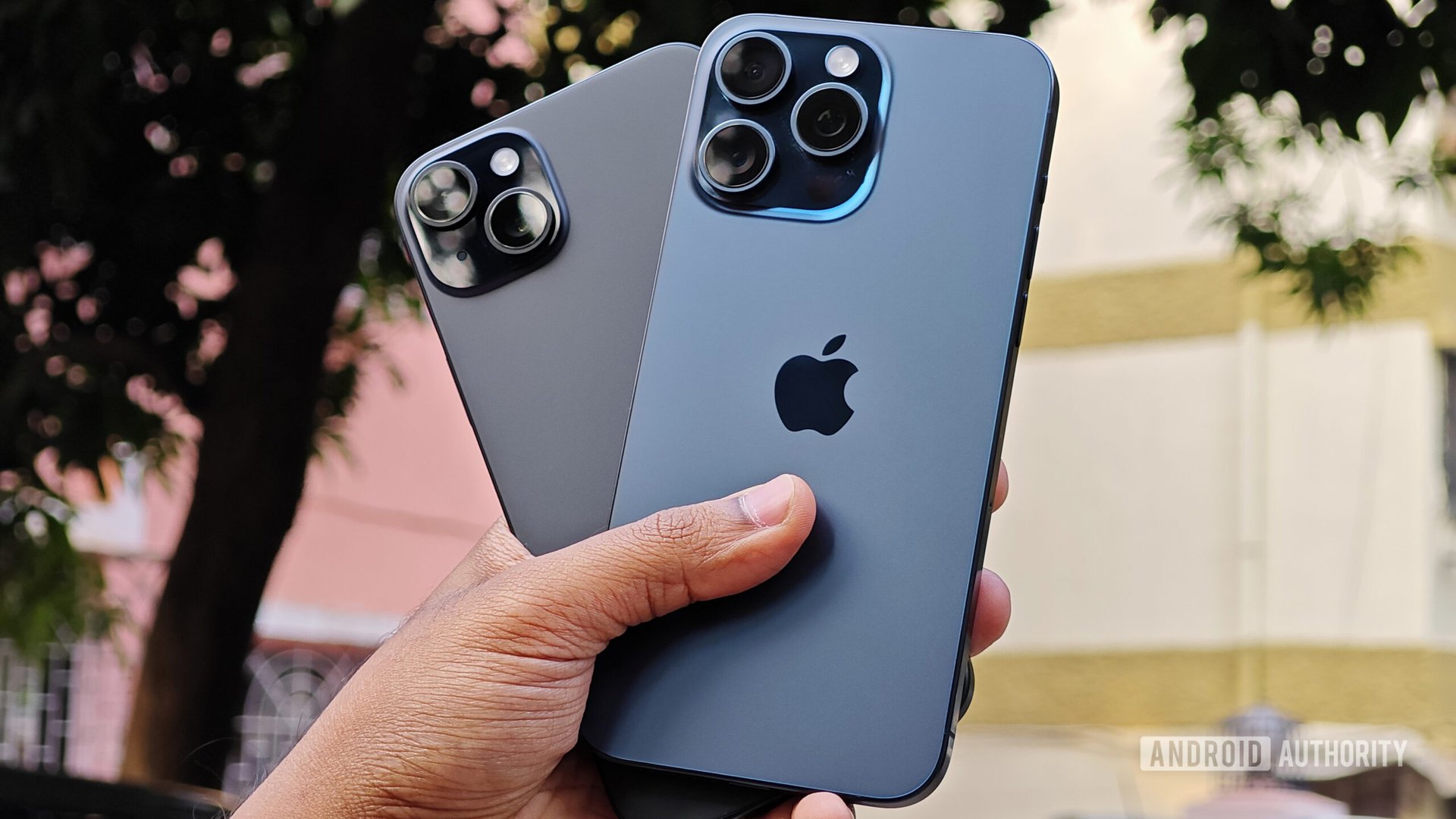Affiliate links on Android Authority may earn us a commission. Learn more.
iPhone force restart not working? Here's how you can try to fix it
Published onJanuary 5, 2024
A surprising number of glitches with iPhones can potentially be solved with a restart, i.e. a reboot. Why? Put simply, this tends to clear up any temporary cache and process issues. But what do you do when you want to reboot, yet Apple’s own force restart process doesn’t seem to work? You’ve got a handful of options to get around that, which we’ll cover below.
How to fix iPhone force restart not working

While it might indeed be bad news if the force restart process isn’t working, there are a few troubleshooting steps you can try before assuming the worst. Run through the options below in order — we’ve saved the most complicated and/or time-consuming options for last, and hopefully you’ll be back in action before you even think about trying them.
- Make sure your iPhone is properly charged. It’s possible that your iPhone is low enough on battery that it won’t allow a restart. Apple doesn’t spell it out, but this is presumably because a restart would consume so much power that your iPhone might die midway through, creating even greater trouble. In any case, try plugging in your iPhone for 15 to 30 minutes (or longer) before attempting another restart.
- If you’re accidentally launching Siri, deactivate the side button trigger. On all recent iPhones, a force restart involves tapping each volume button and then holding down the side button. But because holding the side button is also a way of triggering Siri, you may need to temporarily disable that option. Open the Settings app, scroll down to select Siri and Search, then toggle off Press Side Button for Siri. Until you turn this back on, you should still be able to trigger the assistant by saying “Siri” or “Hey Siri.” You can disable Siri entirely if you like.
- Scan for available iOS updates. If there aren’t any issues with battery life or Siri, the problem may well boil down to software bugs. Check for iOS updates by navigating to Settings > General > System Update. Should there be one, be sure your iPhone is backed up, well-charged, and connected to Wi-Fi unless you absolutely need to restart as soon as possible. Set aside at least 15 to 30 minutes too, since it can take a while for an update to download, and installation — if it runs as expected — will leave your iPhone temporarily out of commission. Your iPhone will have to reboot to finish, which should be a bonus unless it gets stuck. That’s what backups are for.
- Perform a factory reset. At this stage, we’re already out of easy fixes. If you haven’t already backed up critical data, do so now. A factory reset completely wipes all user content on an iPhone, including settings, network logins, and any locally-saved files such as photos and videos (cloud files are safe). You’ll have to set up your iPhone again as if it were new, so getting back to normal could take a long time. When you’re ready, go to Settings > General, tap Transfer or Reset iPhone, then select Erase All Content and Settings.
- Put your iPhone into recovery mode. This won’t necessarily delete local data, but that might still be necessary, and in any event the procedure requires connecting your iPhone to a Mac or Windows PC via Lightning (or USB-C on the iPhone 15 series), launching Finder or iTunes, and using the force restart button combo. Follow our guide for exact instructions. Try clicking Update if you can, but if it that doesn’t work, you’ll have to click Restore and ultimately reconfigure your iPhone.
- Restore your iPhone. This is more of an addendum to the previous step, but if you want to cut straight to the chase, you can use Finder (on macOS) or iTunes (on Windows) to restore your iPhone. In either app’s iPhone device summary, choose Restore iPhone. If you’re lucky, a previous local or iCloud backup will get your apps and settings back where they were.
- Contact Apple Support. We’re at the end of the line now. While you probably won’t get any different advice via chat or phone staff, Apple Support can at least help schedule an appointment at an Apple Store or an authorized third-party repair shop. Be aware that if you’re not covered under AppleCare or AppleCare Plus, you may end up paying for a replacement phone if the issue isn’t as simple as unresponsive buttons.